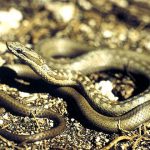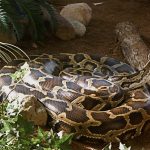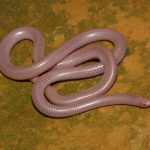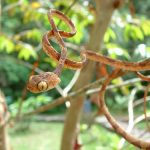Cape cobras are medium-sized, highly poisonous cobra snakes occurring extensively across southern Africa. There are no known subspecies of this snake. They are non-spitting cobras. The species is diurnal, terrestrial and quick moving.
| Kingdom |
Animalia |
| Phylum |
Chordata |
| Class |
Reptilia |
| Order |
Squamata |
| Suborder |
Serpentes |
| Family |
Elapidae |
| Genus |
Naja |
| Subgenus |
Uraeus |
| Scientific Name |
Naja nivea |
| Other Names |
Yellow Cobra |
| Length |
Around 1.2 to 1.4 m, largest specimen recorded is 1.88 m |
| Color |
From yellow to golden brown to dark brown and black; specimens have black or pale speckles and blotches in varying degrees |
| Distribution |
Western Cape, Eastern Cape, Northern Cape, Free State, North West Province, southern half of Namibia, western Lesotho, southwestern Botswana |
| Habitat |
Fynbos, bushveld, arid savanna, karoo scrubland, the Namib desert, the Kalahari desert, also found along streams and rivers in well-drained open areas |
| Diet |
Rodents, other snakes, birds, lizards, carrion |
| Hibernation Fact |
Doesn’t hibernate |
| Predators |
Honey badger, meerkats, few species of mongoose, birds of prey including secretary birds, snake eagles |
| Venom Fact |
Venom consists of neurotoxins and cardiotoxins |
| Breeding Season |
September – October |
| Mode of Reproduction |
Oviparous (egg laying) |
| Clutch Size |
8 to 20 eggs |
| Incubation Period |
65 to 70 days |
| Average Lifespan |
Maximum 26 years in captivity |
| IUCN Conservation Status |
Least Concern |
Cape Cobra Pictures Gallery
-
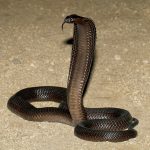
-
Black Cape Cobra
-
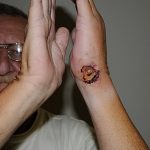
-
Cape Cobra Bite
-
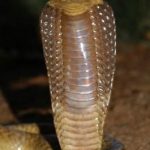
-
Cape Cobra Images
-
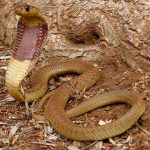
-
Cape Cobra Photos
-
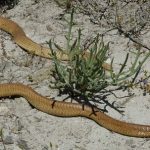
-
Cape Cobra Pictures
-
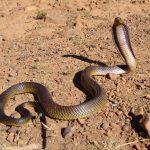
-
Cape Cobra Snake
-
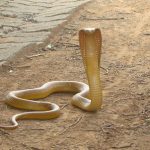
-
Cape Cobra
-
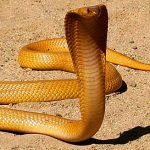
-
Cape Cobras
-
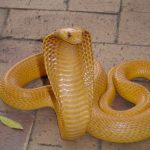
-
Naja Nivea
-
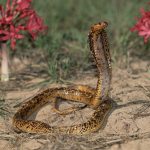
-
Speckled Cape Cobra
-
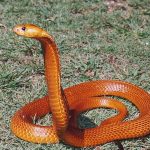
-
Yellow Cape Cobra
-
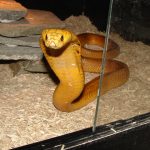
-
Yellow Cobra
-
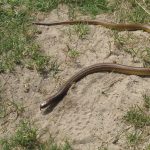
-
Cape Cobra Habitat
-
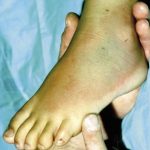
-
Cape Cobra Venom
-
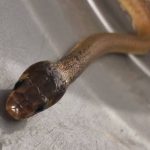
-
Baby Cape Cobra Snake
-
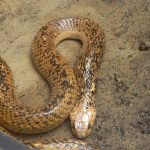
-
Images of Cape Cobra


















